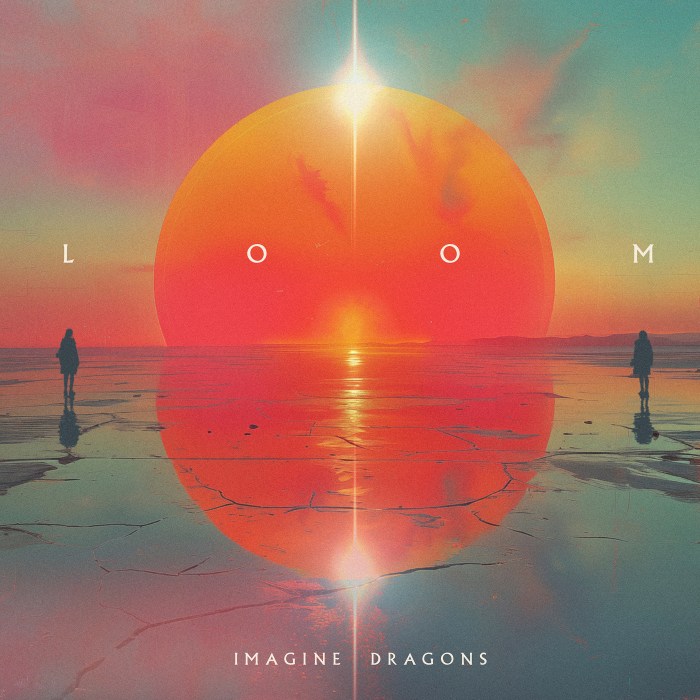Mythical creatures great and small inhabit Anemone Dance Theater’s world
A scant few were allowed into the cramped downtown space of Joyce SoHo Friday November 11, as the unfortunate majority queued up for cancellations, shivering in the cold, hoping to get into a show that had been sold out for weeks.
“Tearing of the Night Sky” performed by the Anemone Dance Theater group and their musical collaborators the Slow Six, was divided into sections, each exploring themes of abstraction and change. In “Clouds,” choreographer and Anemone director Sara Baird undergoes a strange set of metamorphoses. She is reduced to the point of an amorphous mass lying on the floor sprouting gentle smiles and gobbledy-gook, and elevated to a towering height in front of the audience, looking far more regal, if not less amused.
In another sequence, Io and Leda, two of the mythical brides of Zeus in Greek mythology, find each other as mirrors, and simultaneously wound and encourage each other onward with the same sort of rapacious sexuality that led them to be loved by the King of the Gods. The piece is unsettling in its give and take between the women, but also validated in so much as it is given the airiness of unreality. This feeling is abetted by the Slow Six, who in no small part add a cinematic quality to all the pieces. Their arrhythmic melodies manage to elevate what could be construed as merely Butoh-inspired movement to the level of Silent Cinema or Vaudeville. We are left with a fantastic story that exists neither in myth nor in fact, but rings true.
Anemone Dance Theater group describes itself as playing with absurdity, but in “Night Sky” that absurdity is neither inherent in the eccentricity of Butoh, nor mere comic abstraction. No, the illogicality that makes “Tearing the Night Sky” into a piece worth waiting in the cold for is the stuff of dreams—our own existential airs.
Even though characters in “Night Sky” might undergo transformations, their implicit meaning is as dimmed as the lighting while their movements are highlighted only for the sake of suggestion. In the last piece of the evening, “Arashi,” three women are given a piece of white canvas that becomes a balcony, a boat, and eventually a pair of umbrellas. These women certainly go on a journey as they travel with their canvas, but it is still blank—tabula rasa; its meaning is what we project onto it.
What makes this collaboration between Baird and the Slow Six interesting is the open-ended nature of the work. Even though the people and the music may sometimes be distinguished, they are never necessarily distinct, in the most part because they need not be. Instead of imposing a narrative on the audience, “Tearing of the Night Sky” presents a shared vision that allows for audience member’s dreams to interact with those of the dancers.
gaycitynews.com


































